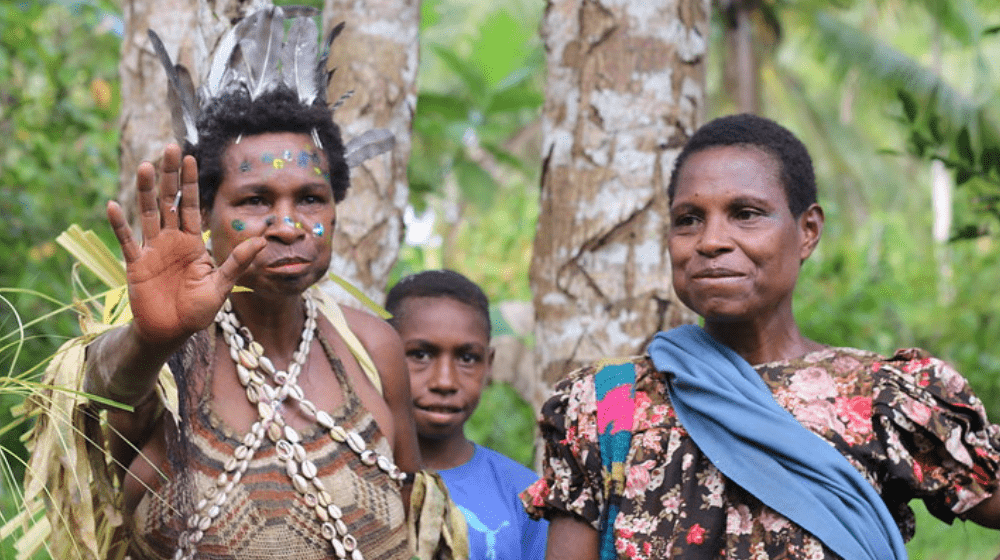According to the results of a new survey, 9% of Papua New Guinean girls aged 15-19 are married, compared to just 0.9% of boys in the same age group. As early marriage and adolescent pregnancy can not only disrupt a girl’s education, but pose significant health risks, these findings indicate the stark gender inequality in the country.
The Socio-Demographic and Economic Survey 2022 (SDES) asked households about marriage and education, among other topics, and found that marriage is disrupting girls’ education. Among school-aged girls who were not currently enrolled in school, 22% said they were not attending school because they were married, or were getting married. This is compared to just 6.8% of boys.
Though the SDES did not look into whether these girls are entering into their marriages by choice, the difference in the percentage of adolescent girls to adolescent boys getting married indicates that these girls are married to men older than themselves.
“There is clearly more investigation needed on child marriage in Papua New Guinea,” said UNFPA Country Representative Marielle Sander. “Are these marriages being entered into by choice? Are they legal? These are the questions we need to ask to protect young girls from exploitation.”
Ending Child Marriage Essential for Realising Girls’ Rights
UNFPA works to deliver a world in which every pregnancy is safe and in which every young person’s potential is fulfilled. Ending child marriage, and particularly forced child marriage, is critical to achieveing this goal.
Child marriage can lead to adolescent pregnancy. Many adolescents are not yet physically ready for pregnancy or childbirth, and are therefore more vulnerable to complications. Additionally, adolescents who become pregnant tend to be from lower-income households, and many are nutritionally depleted, increasing the risks associated with pregnancy and childbearing.
Tens of thousands of adolescents die annually of causes related to pregnancy and childbirth. In fact, these are the leading cause of death among adolescent girls, aged 15-19, globally.
Many international agreements outlaw child marriage, including the Convention on the Rights of the Child and the Convention on the Elimination of all Forms of Discrimination against Women. The International Conference on Population and Development in 1994 also called on countries to eliminate child marriage. However, ending child marriage and adolescent pregnancy requires parents and communities to recognise and stand up for girls’ rights to education and reproductive choices.
“Parents and family members need to draw a line on child marriage and put the lives and rights of their daughters first,” said Ms Sander. “If these marriages are being performed in a community ceremony, and especially if they’re performed in a church, leaders need to have the courage to stand up for young girls.”
About the Socio-Demographic and Economic Survey
The Socio-Demographic and Economic Survey asked 5,000 households questions on demographics, education, employment, sanitation, and energy sources. The results provide updated statistics of the livelihoods of Papua New Guinean households and key indicators on progress towards the Sustainable Development Goals and PNG’s Vision 2050. The full report, including analysis of the technology enables faster data collection and reduces errors, leading to more efficient enumeration and processing for large, national data sets.
With support from the Australian Government, UNFPA supported the National Statistical Office with tablets and is committed to ongoing capacity building for the NSO on industry-leading REDATAM data processing software. In 2023, UNFPA and NSO are completing a series of data literacy workshops across all provinces to encourage utilisation of updated data sets in planning. Workshops have been completed in Western Highlands, Jiwaka, East Sepik, West Sepik, and Manus.


